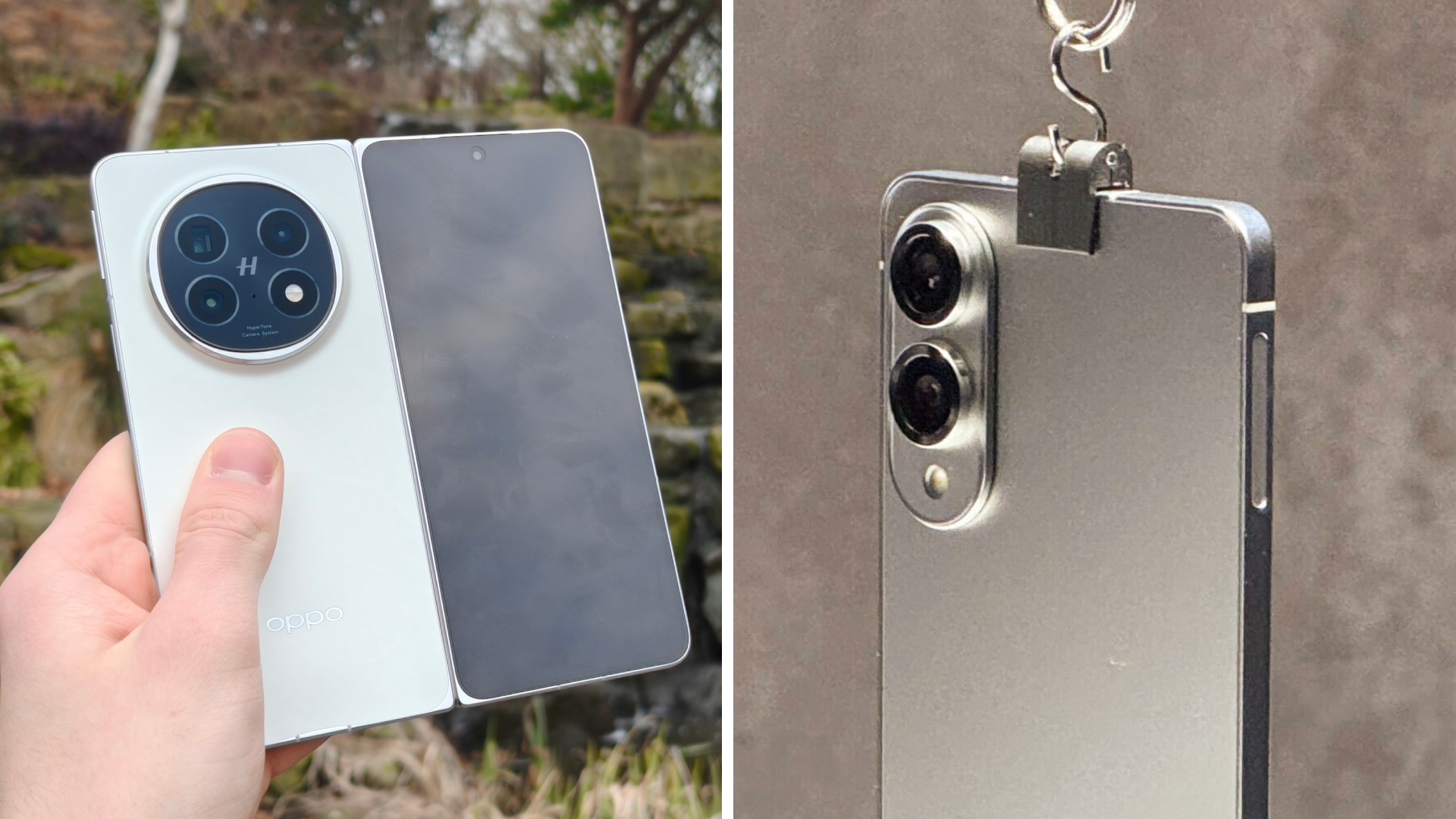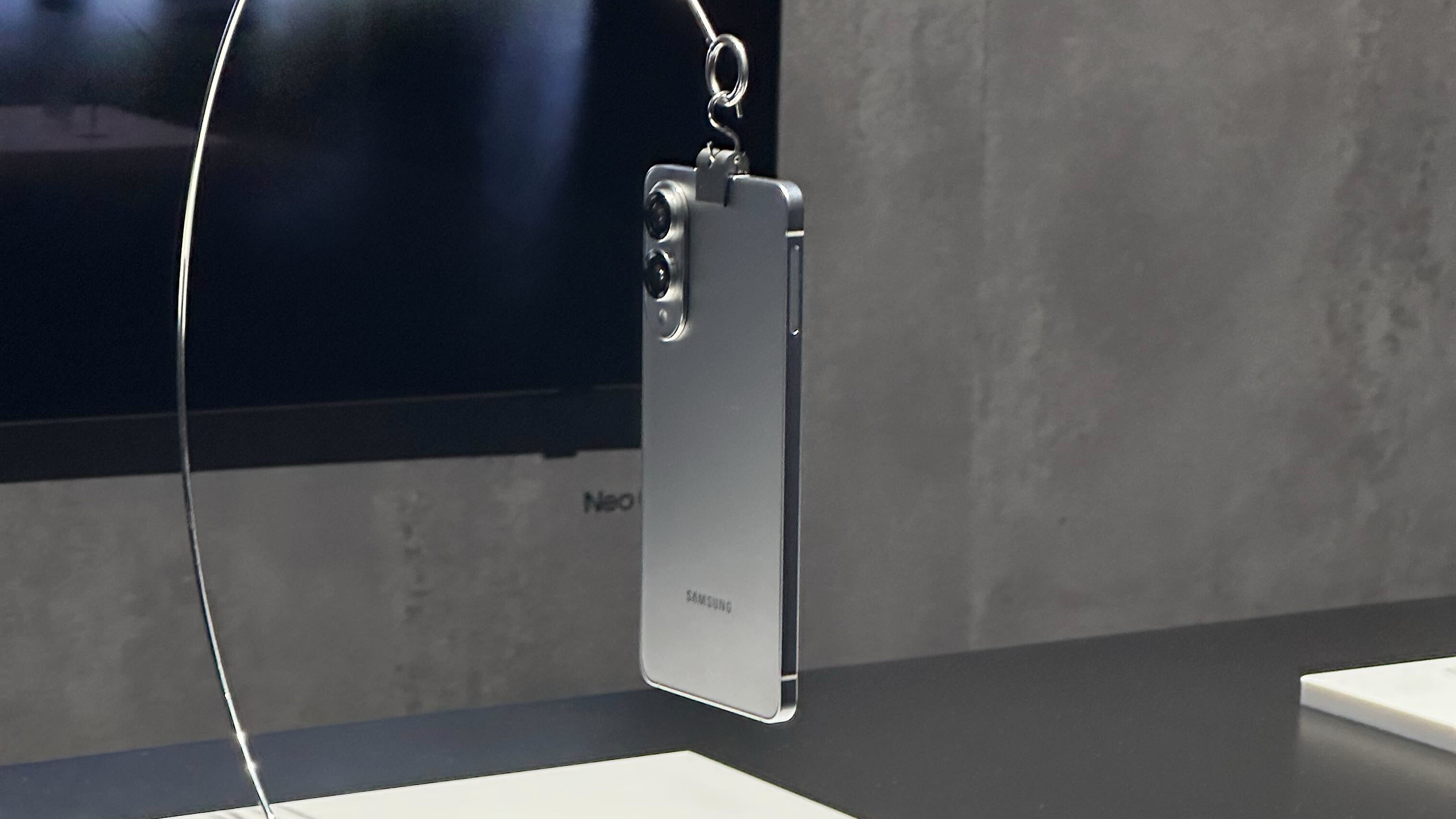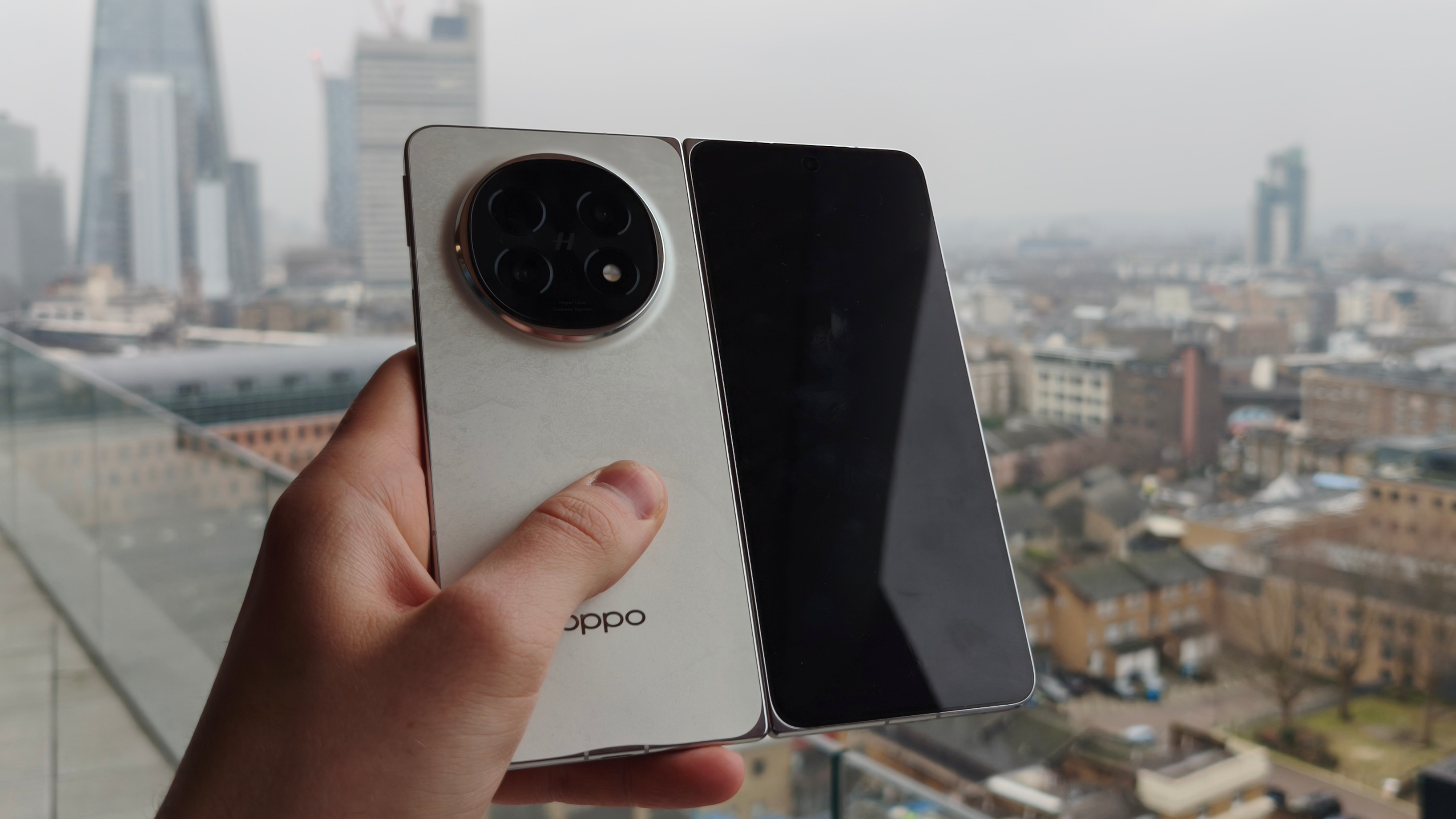The Oppo Find N5 has made me even more excited for the Samsung Galaxy S25 Edge – here’s why
I’m readier than ever for a wave of thin phones

I just spent a week testing out the world’s thinnest book-style foldable, the Oppo Find N5, and as my full Oppo Find N5 review details I've been very impressed with Oppo’s efforts.
Fitting a powerful, productivity-focused phone into such a thin and light chassis is no mean feat – the Find N5 weighs just 229g and measures just 4.21mm thick when unfolded, lighter than a Samsung Galaxy S25 Ultra and thinner than an iPad Pro 13-inch.
I’ve never really been one to obsess over the dimensions of a smartphone – as far as I see it, flagship slab phones are normally thin enough to use comfortably, and I’ve always assumed that the extra space is necessary to fit more powerful internal components.
However, the Oppo Find N5 has me thinking the time for compromise might be coming to an end. Its impressively thin build conceals the flagship-class Qualcomm Snapdragon 8 Elite chipset, 16GB of RAM, and 512GB of storage, and I didn’t notice any issues with cooling during my time with it. The Find N5 has more surface area to spread its internal components over, but it’s no more than twice as large as a typical big flagship phone. Surely, with a few minor compromises, that same ergonomic advantage could come to the slab form factor.
Enter the Samsung Galaxy S25 Edge.
Going to the edge

At the first Samsung Galaxy Unpacked event of the year in January, Samsung revealed the all-new Samsung Galaxy S25 Edge, a slimmed-down version of its flagship Galaxy S25 Plus handset.
In the aftershock of this announcement, I wrote that the Galaxy S25 Edge could usher in a new split in the smartphone market dedicated to thin and light phones, but also of my concern that this could come at the expense of hardware power.
Having now used the mighty Oppo Find N5, though, my concerns feel much smaller. Like the Oppo Find N5, the Galaxy S25 Edge will probably suffer a step back camera wise (notice its uncharacteristic double-camera system), but I think this is a worthwhile tradeoff to make the power of Samsung’s mobile platform more portable than ever.
Currently, the top-tier of the smartphone market is dominated by massive, heavy slab phones with screens approaching 7 inches in diagonal length, weighing on average around 220g and measuring around 8mm thick.
That’s a lot of phone, and with the Snapdragon 8 Elite and Apple’s A18 Pro chipset offering so much power, there’s a good chance that most users are never making use of the full computing potential such a large chassis allows.

Having felt the unfolded Find N5 disappear into my hands across my week-long testing period, part of me thinks we’ve all just forgotten how nice a thin phone can be. I’ve come to associate heavy multitasking and high-performance gaming with these larger devices, but the Find N5 has proved to me that a different way is possible.
It seems likely that Samsung will equip the Galaxy S25 Edge with a Snapdragon 8 Elite chipset and 12GB of RAM, in line with the rest of the Galaxy S25 lineup, and while the phone may not cool as efficiently or opt for a lower-powered 7-core chipset, I honestly don’t think many users will notice.
And even if there is a noticeable hit to performance, I think giving users the full power of One UI, Galaxy AI, and Android 15 in a thin, light, easily wieldable device is a worthwhile goal to pursue – and the Oppo Find N5 has made it seem all the more possible.
You might also like
Get daily insight, inspiration and deals in your inbox
Sign up for breaking news, reviews, opinion, top tech deals, and more.

Jamie is a Mobile Computing Staff Writer for TechRadar, responsible for covering phones and tablets. He’s been tech-obsessed from a young age and has written for various news and culture publications. Jamie graduated from Goldsmiths, University of London in 2024 with a bachelor’s degree in Journalism. Since starting out as a music blogger in 2020, he’s worked on local news stories, finance trade magazines, and multimedia political features. He brings a love for digital journalism and consumer technology to TechRadar. Outside of the TechRadar office, Jamie can be found binge-watching tech reviews, DJing in local venues around London, or challenging friends to a game of Super Smash Bros. Ultimate.
You must confirm your public display name before commenting
Please logout and then login again, you will then be prompted to enter your display name.